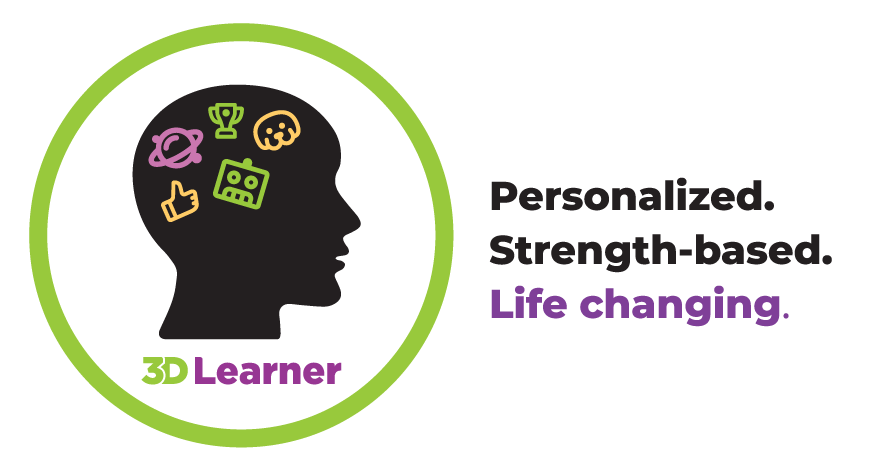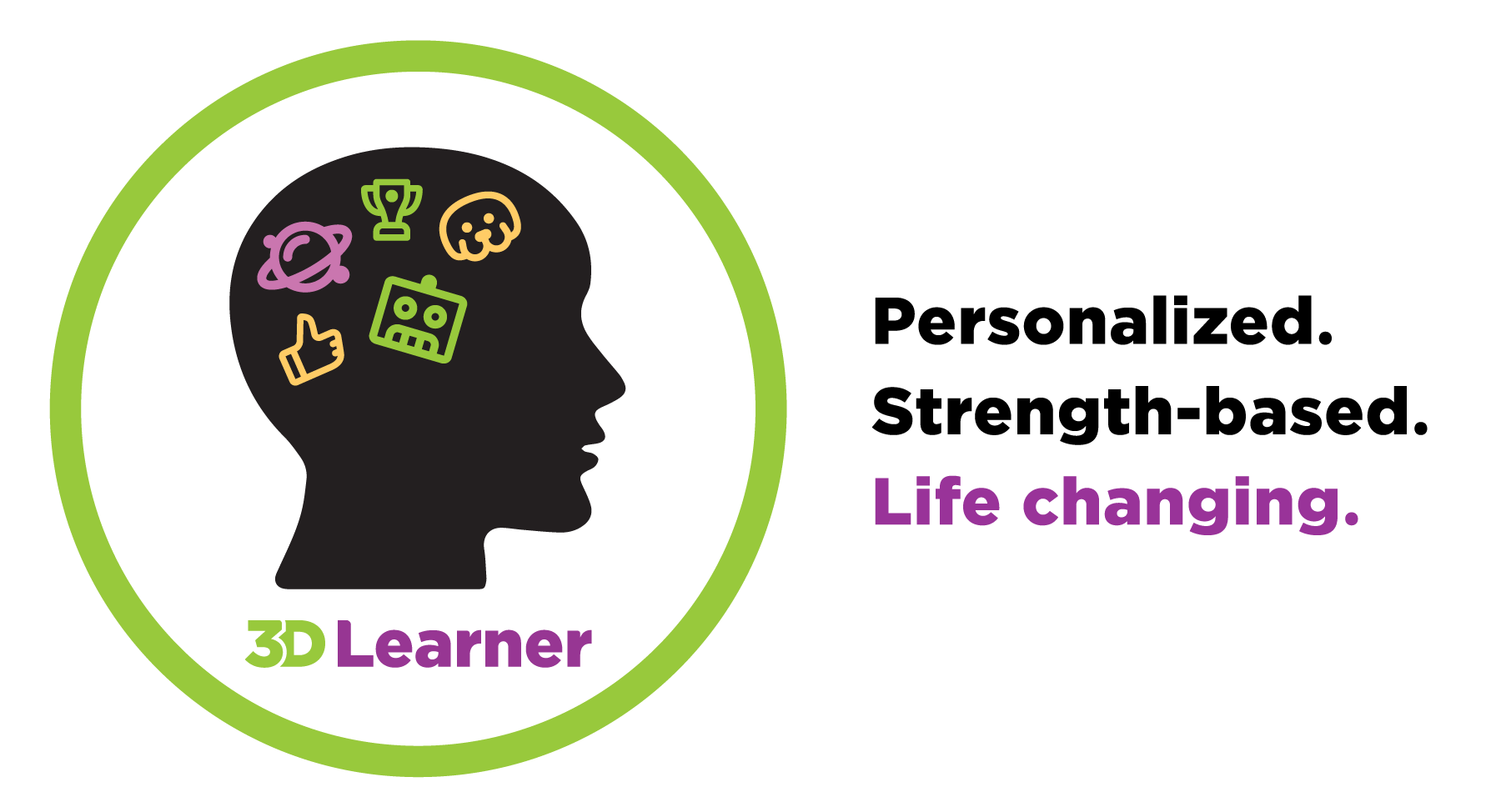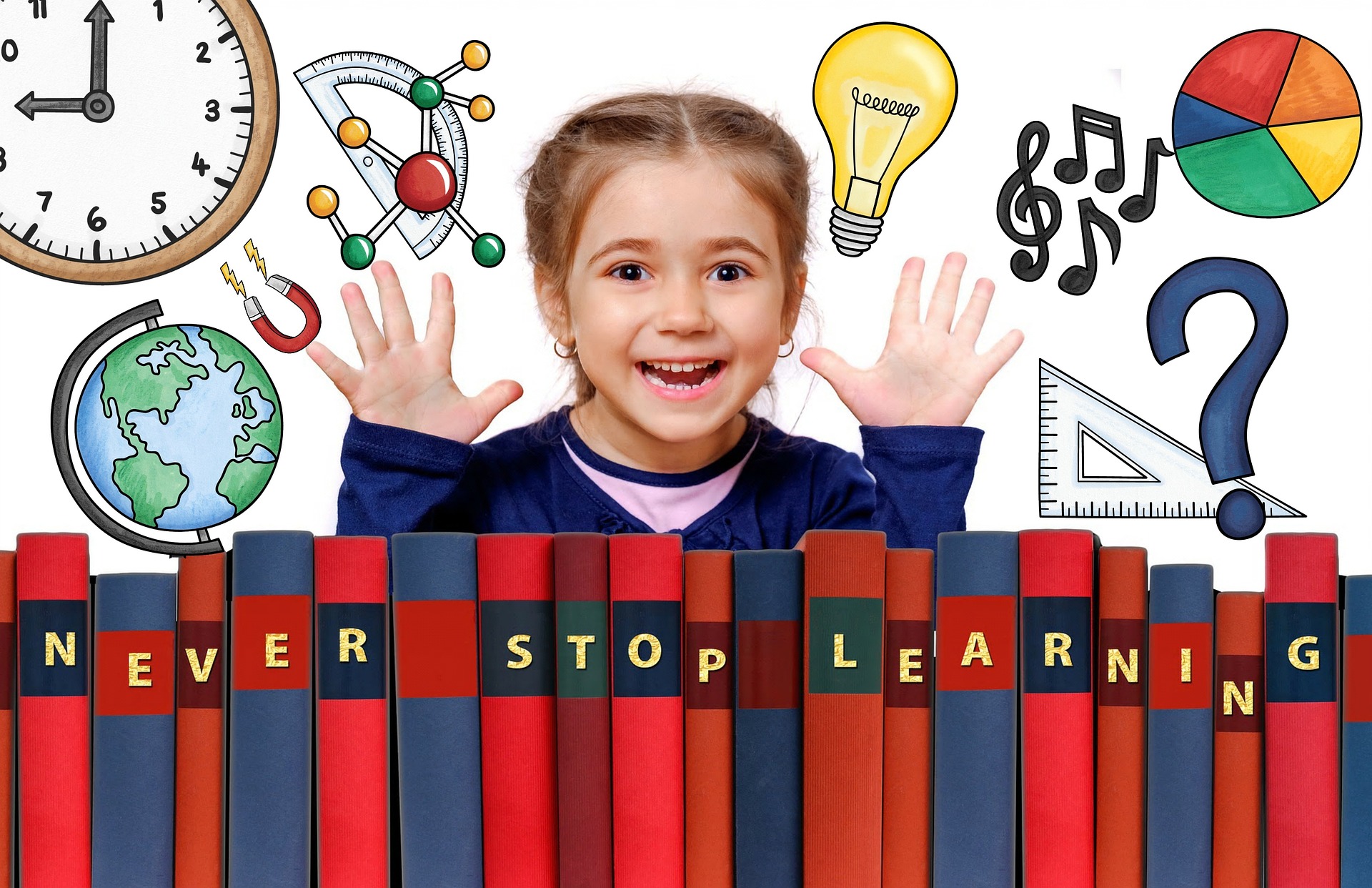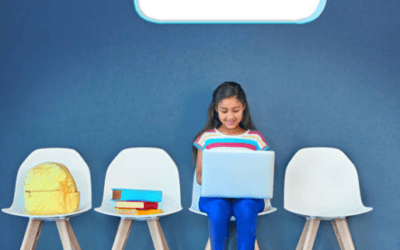At 3D Learner, we focus on Getting It Right for students who are right brain, kinesthetic or neurodivergent learners, who often struggle with reading fluency and reading comprehension. Note, math and anxiety are often challenges, too.
In this post pandemic period, reading fluency and reading comprehension are major issues for many students. Math has become an even bigger problem, as reading comprehension issues are compounded by their lack of foundational skills.
As one parent commented, “The best time to intervene was a couple of years ago, the second best time is today”.
While the risks and opportunities are greater than ever, the key point is that it is
Up to Parents to Make The Difference
Is your child a bright right brain, kinesthetic or neurodivergent learner? Does this describe your child:
- Does your child remember places visited, even from years ago?
- Does your child learn best when he or she sees and experiences information?
- Is your child a lot smarter than present results would indicate?
- Does your child struggling with reading fluency, reading comprehension, math and/or anxiety
- Would you like to know how you can help your child to be far more successful, within months
This is the first in a 5-part series to Get It Right For Your Right Brain, Kinesthetic or Neurodivergent Learner.
This blog post will focus on the risks and opportunities facing parents and kids, and the unique role parents play in making the difference.
For the right brain, kinesthetic or neurodivergent learner,
it is up to the parents to make the difference
The second blog post will focus on the key Insights about these kids. Their unique strengths, challenges and their present level of performance — with a focus on both reading fluency and reading comprehension.
The third blog post will focus on Setting BOLD Goals for your bright right brain, kinesthetic or neurodivergent learner.
The fourth blog post will focus on Getting the Right Help to Get It Right for your bright right brain, kinesthetic or neurodivergent learner.
The last blog post will focus on the benefits of Taking Massive Action to Get It Right for your bright right brain, kinesthetic or neurodivergent learner.
The 7 biggest risks the right brain, kinesthetic and neurodivergent learners face are:
- They avoid silent reading and their reading fluency and reading comprehension gaps widen.
- Parents invest in a dyslexia treatment, which may be needed, but they do not realize these programs often do not address reading comprehension, visual processing and related skills.
- The right brain, kinesthetic and neurodivergent learners learn best when they see and experience information. These students often do not make the desired progress with traditional tutoring and other interventions that do not leverage their skills.
- These students often have visual processing, auditory processing and/or executive function issues (e.g. attention, working memory and processing speed) that are often not identified or addressed.
- Anxiety and frustration increase each year and their self-esteem and confidence declines.
- Reading fluency and reading comprehension issues start to impact a student’s performance in all other subjects.
- Parents change schools – often moving their child to a charter or private school. While these settings may help, they rarely address the reading fluency and reading comprehension issues.
3D Learner has been helping students to improve their reading fluency and reading comprehension for 28 years. We have also been working with prior voucher programs for close to 10 years.
Opportunities for Right brain, Kinesthetic or Neurodivergent Learners with Reading Fluency and Reading Comprehension Issues
- The right brain, kinesthetic or neurodivergent learner can often increase their reading comprehension by 2 or 3 grade levels within months
- Reading fluency gains can be significant
- Improvements in attention, visual processing and working memory can improve academic, athletic and related skills
- Anxiety and frustration can often be reduced, and the students can become far more confident and resilient
An Example Where a Student Needed far More Than a Dyslexia Treatment
Mom called us and in the first few minutes, we realized her daughter was a right brain learner, who learned best when she saw and experienced information and that she appeared to have a visual processing issue.
Further testing confirmed the learning difference and visual processing issue and revealed this second grade had some reading fluency issues and her reading comprehension was at the kindergartener level.
With our help, her reading fluency improved, her reading comprehension improved 2 grade levels in 4 months and 3 grade levels in 7 months, and she read 23-chapter books over this period.
Reading Fluency and Reading Comprehension Gaps Can Be Larger for Older Student
With our help, her reading fluency improved, her reading speed doubled, she improved her reading comprehension 4 grade levels in 6 months, and she was able to do all her schoolwork.
The Path to Improving Reading Fluency and Reading Comprehension Starts with Asking the Right Questions
We often start with 5 key questions:
- Is reading fluency an issue for your child?
- What is your child’s present level of reading comprehension?
- Is your child a right brain, kinesthetic or neurodivergent learner? Note, many students who struggle with reading fluency and reading comprehension are a right brain, kinesthetic or neurodivergent learner, who learn best when they see and experience information.
- Does your child have a visual processing issue? 74 percent of our students skip words and lines when reading. People will argue that visual processing does not cause dyslexia — that is true. However, a visual processing issue makes reading very difficult and often leads to students avoiding silent reading.
-
Did you realize that you can leverage the Florida Empowerment Scholarship for Unique Abilities to help your child to significantly improve his or her reading fluency and reading comprehension in months?
We are offering a focused assessment that addresses the following.
-
Your child’s reading fluency strengths and challenges, using the UFLI Core Assessment ®- the University of Florida’s Literacy Institute’s Assessment
-
Your child’s present level of reading comprehension
-
Whether your child appears to be a right brain, kinesthetic or neurodivergent learner
-
Whether your child appears to have a visual processing issue
-
How you might can capitalize on your child’s strengths and address their challenges to significantly improve your child’s reading fluency and reading comprehension issues in months





